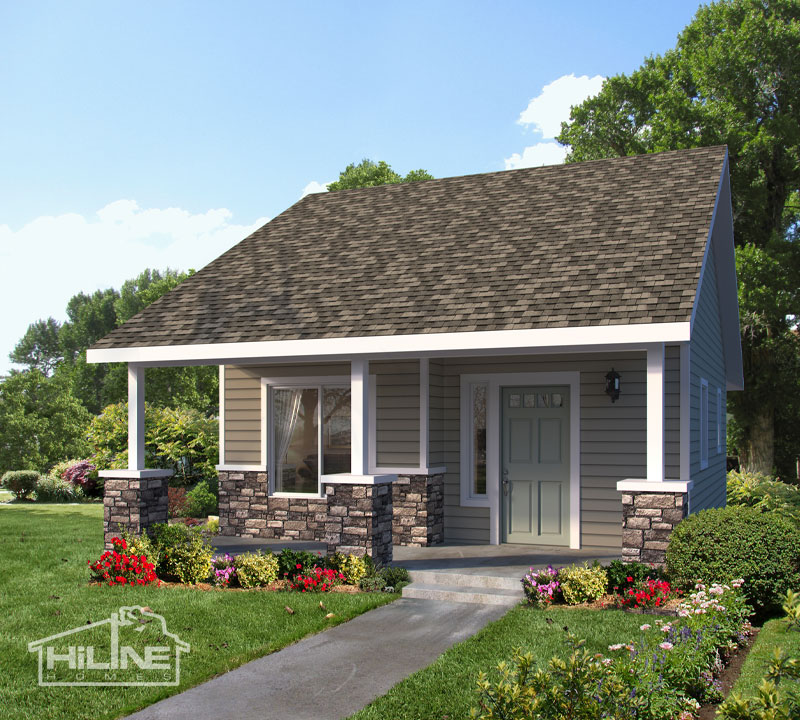In the context of law, the term “parties” refers to the individuals or entities involved in a legal proceeding, whether as plaintiffs or defendants. As defined by the Munley Law Glossary, parties can include natural persons, corporations, organizations, government agencies, and other entities that have a stake in the case. Understanding the roles and responsibilities of these parties is crucial for anyone navigating the legal system.
Types of Parties in Legal Proceedings
legal parties can generally be categorized into two primary groups:
- Plaintiffs: The plaintiff is the party who initiates a lawsuit by filing a complaint with the court. This individual or entity claims to have suffered a loss or injury due to the actions or inactions of the defendant. The plaintiff seeks a remedy, typically in the form of monetary damages or specific performance, to address the harm they have experienced.
- Defendants: The defendant is the party being accused or sued in a legal action. The defendant responds to the plaintiff’s allegations and presents their defense in an effort to refute the claims. Defendants may be individuals, businesses, or organizations, and they are responsible for providing evidence to support their case.
Additional Roles of Parties
Beyond plaintiffs and defendants, there are other roles parties can take in legal matters, including:
- Counterclaimants: A counterclaimant is a defendant who, in response to the plaintiff’s claims, brings their own claim against the plaintiff. This can occur in the same lawsuit and is often related to the original complaint.
- Third Parties: In some cases, third parties may become involved in a legal proceeding. A third-party defendant is someone who is brought into the lawsuit by the defendant, usually because the defendant believes that this third party is liable for some or all of the damages claimed by the plaintiff.
- Intervenors: An intervenor is a person or entity that is not initially a party to the lawsuit but seeks to join the proceedings because they have a vested interest in the outcome. This can occur in cases where the decision may significantly affect the intervenor’s rights or interests.
The Importance of Parties in Legal Proceedings
Understanding who the parties are in a legal case is crucial for several reasons:
- Jurisdiction: Courts must have jurisdiction over the parties involved to hear a case. Jurisdiction refers to the court’s authority to make legal decisions and judgments. Both the plaintiff and defendant must be properly before the court for it to proceed.
- Standing: For a party to bring a lawsuit, they must have “standing,” meaning they must demonstrate a sufficient connection to the harm or issue at hand. The plaintiff must show that they have suffered a legal injury that the court can remedy.
- Legal Representation: Each party typically requires legal representation to navigate the complexities of the legal system. Attorneys advocate on behalf of their clients, ensuring that their rights are protected and that they receive a fair hearing.
- Case Strategy: The strategies employed by both parties can significantly impact the outcome of a case. Plaintiffs and defendants may engage in settlement negotiations, discovery, and various motions, all of which are influenced by their respective roles and objectives.
How Parties Interact in a Legal Case
The interaction between parties is a fundamental aspect of legal proceedings. Some key stages where parties engage include:
- Pleadings: This initial phase involves the formal submission of documents where parties outline their positions. The plaintiff submits a complaint, and the defendant responds with an answer, possibly including counterclaims.
- Discovery: This phase allows parties to gather evidence from one another. Both plaintiffs and defendants can request documents, take depositions, and interrogate witnesses to build their cases.
- Motions: Parties may file motions to request specific rulings from the court, such as a motion to dismiss or a motion for summary judgment. These motions can significantly shape the trajectory of the case.
- Trial: If the case proceeds to trial, both parties present their arguments, evidence, and witnesses to the judge or jury. The trial culminates in a verdict that determines the outcome.





